Have you ever wondered what secrets lie behind the brushstrokes of the world’s most famous paintings or what hidden stories the lives of great artists might hold? Art is like a treasure chest, filled with mysteries and fascinating tales waiting to be uncovered. From the curious habits of legendary painters to the unexpected meanings in their masterpieces, each fact we discover brings us closer to understanding the magical world of art and the creative minds who have shaped it.
Leonardo da Vinci Had a Terrible Attention Span

Leonardo da Vinci, known for masterpieces like the Mona Lisa, often left works unfinished due to his poor attention span. This trait, while seemingly a flaw, underscores the artist’s voracious curiosity and diverse interests, ranging from painting to science, which fueled his legendary creativity and innovative spirit.
Girl with a Pearl Earring by Johannes Vermeer
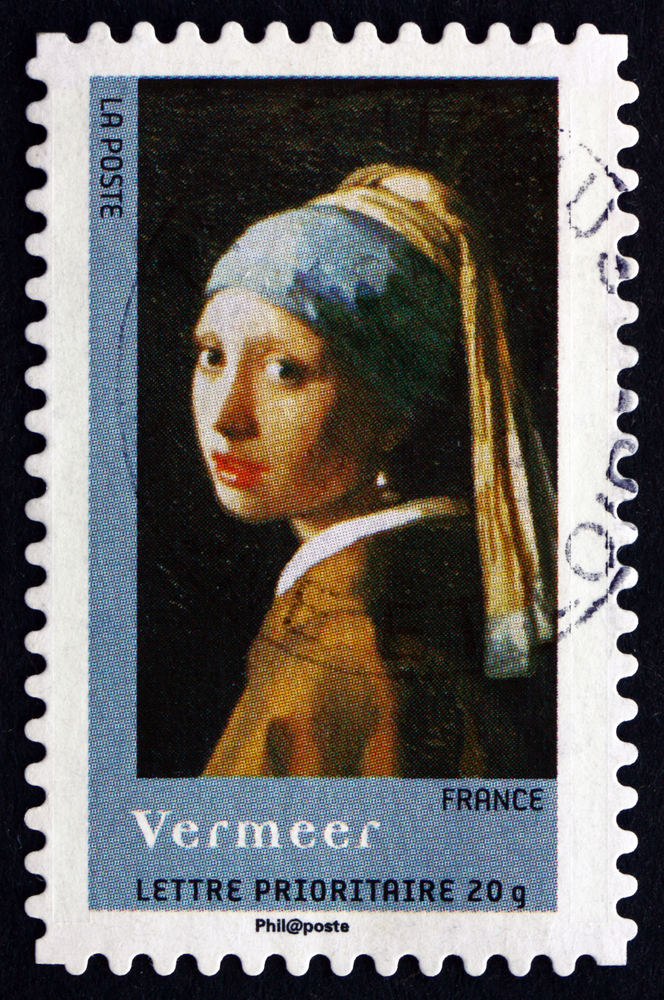
This artwork, often referred to as the “Dutch Mona Lisa,” is shrouded in mystery, particularly regarding the identity of the girl depicted. The enigmatic nature of the painting highlights Vermeer’s skill in capturing the beauty and complexity of human emotions, making the work timeless and intriguing.
Pablo Picasso Was Accused of Stealing the Mona Lisa

In 1911, Picasso was brought in for questioning regarding the theft of the Mona Lisa from the Louvre. This incident illustrates the turbulent and often controversial nature of Picasso’s life and career, reflecting the revolutionary impact he had on the art world.
Pierre-Auguste Renoir Could Barely Hold a Paintbrush
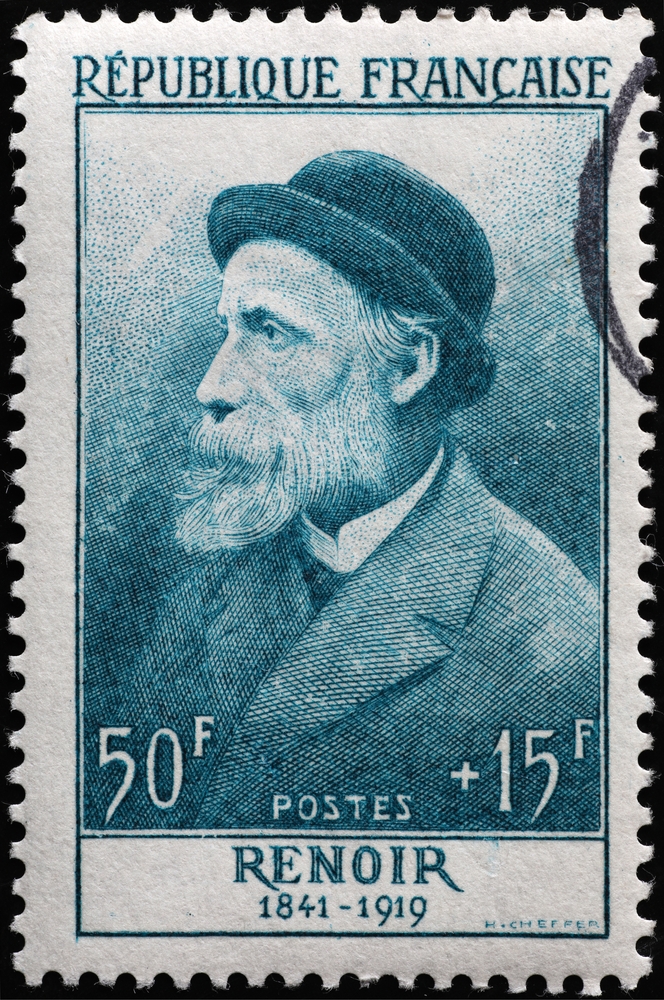
In his later years, Renoir suffered from rheumatoid arthritis, which severely limited his ability to paint. Despite this, he continued to create art, adapting his methods and demonstrating the resilience and enduring passion artists often have for their craft.
Mona Lisa by Leonardo da Vinci
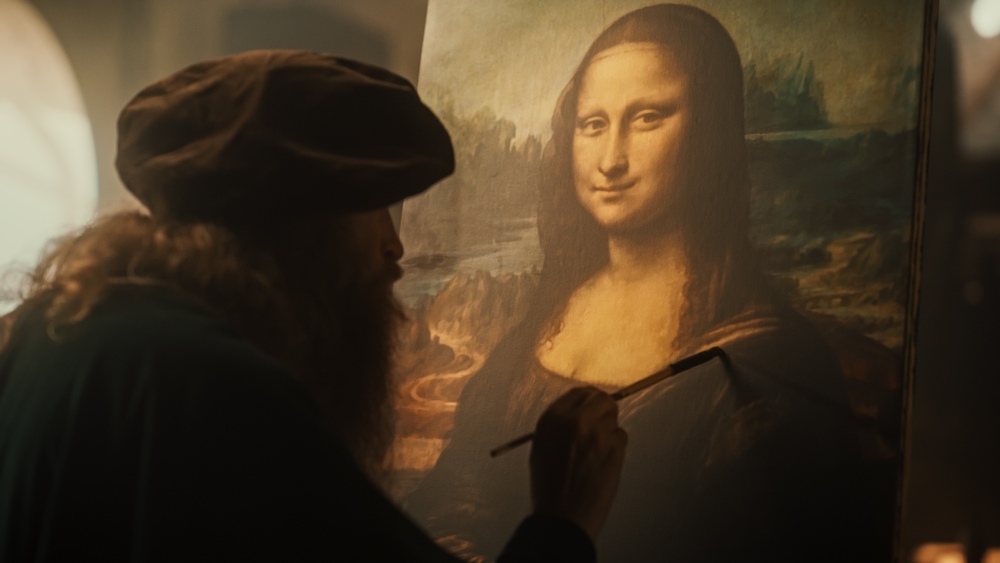
The Mona Lisa’s enigmatic smile and the mysteries surrounding her identity have captivated viewers for centuries. This painting exemplifies how great art can transcend time, sparking endless fascination and interpretation.
Show Me the Monet by Banksy
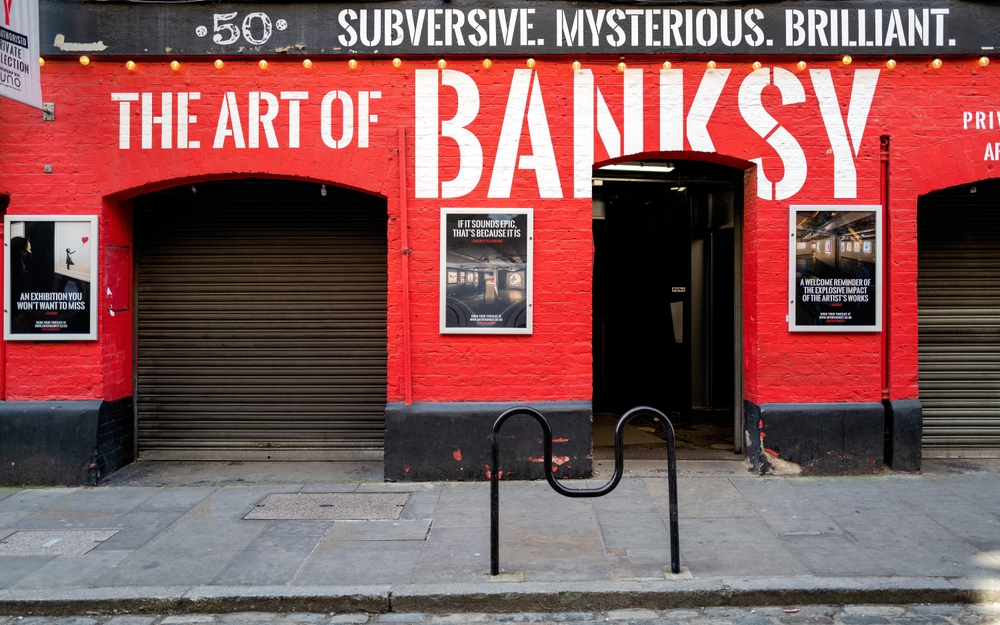
Banksy’s reinterpretation of Monet’s famous garden scene, inserting shopping carts and a traffic cone, is a commentary on consumerism and environmental degradation. This work shows how contemporary artists can leverage historical art to make powerful statements about modern society.
Vincent van Gogh Was Massively Unsuccessful
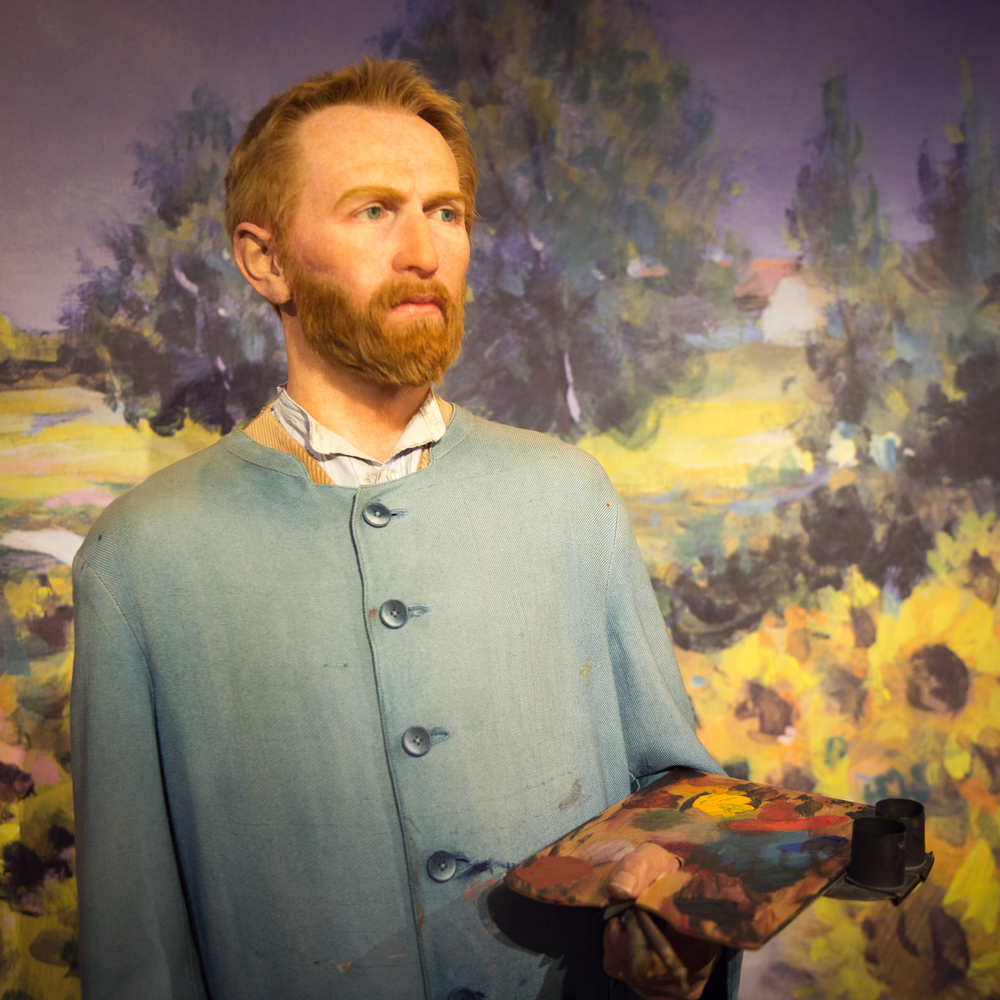
Van Gogh sold only one painting during his lifetime and struggled with mental health issues. His posthumous fame is a poignant reminder of the often-unrecognized genius of artists during their lives and the tragic beauty in their struggles.
The School of Athens by Raffaello Sanzio da Urbino
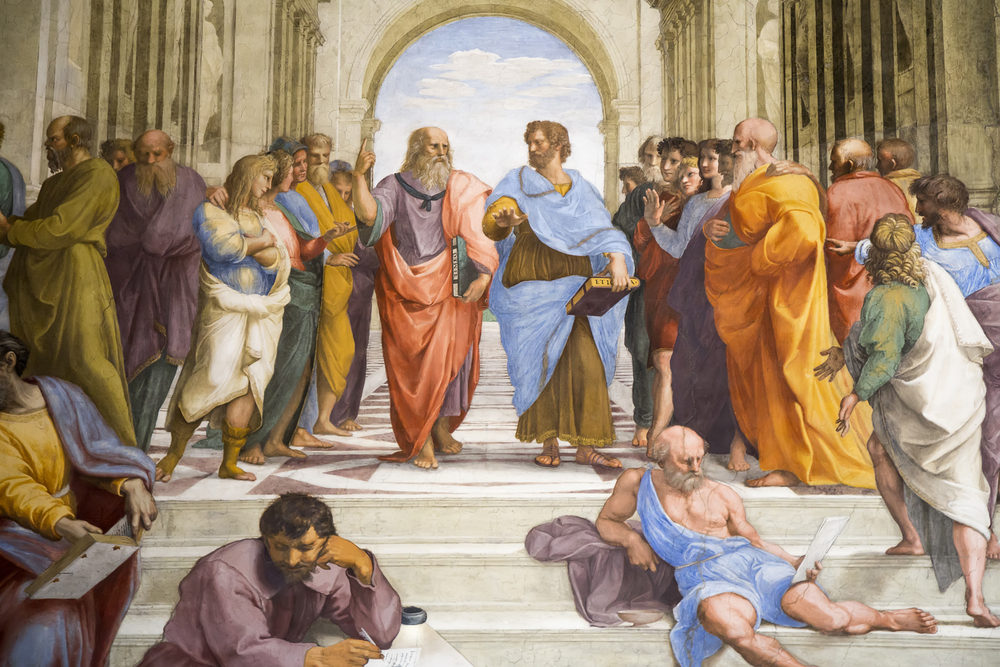
Raphael’s masterpiece, depicting various classical philosophers, is celebrated for its detailed portrayal of individual characters and complex spatial arrangements, showcasing the height of Renaissance humanism and the artist’s mastery in bringing together different figures of knowledge in a harmonious visual space.
Claude Monet Became Partially Colour Blind after Surgery
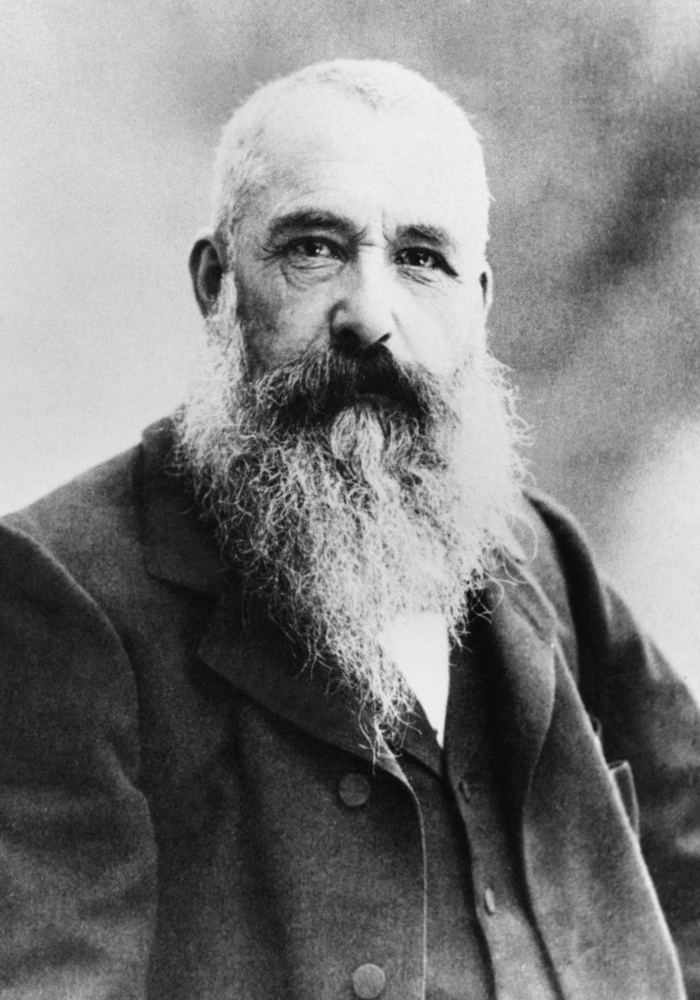
Monet’s later works, with their blurred lines and unusual color choices, were partly a result of his altered vision. This change in style reflects how physical constraints can lead to innovative approaches in an artist’s work, providing a new perspective on familiar subjects.
The Fighting Temeraire by J. M. W. Turner
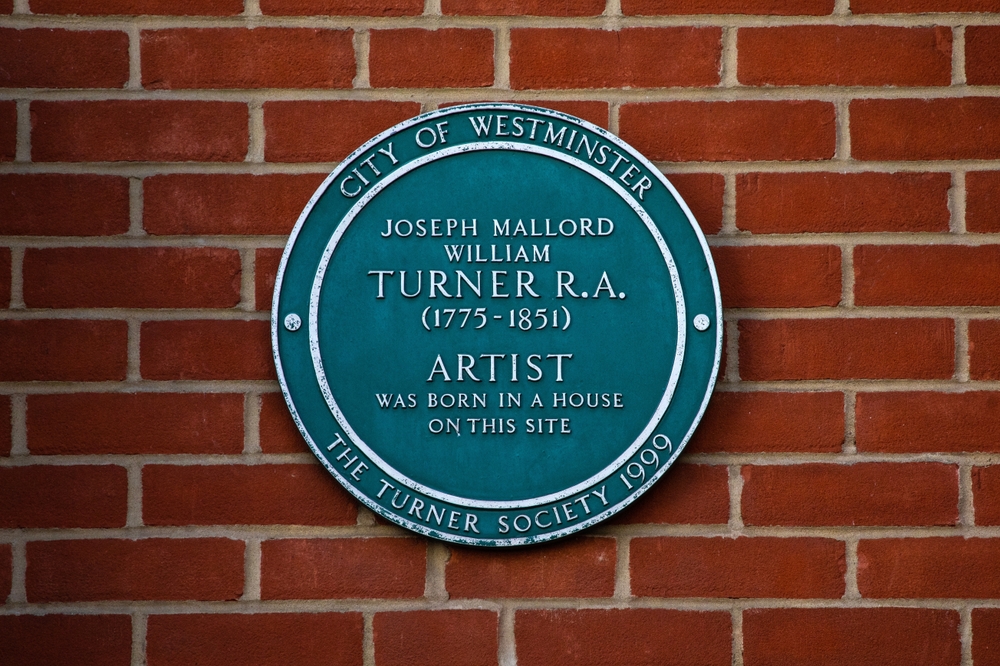
Turner’s painting is renowned for its poignant depiction of the old warship being towed to its final berth. The artwork’s emotive power and sublime use of color exemplify Turner’s ability to evoke deep sentiment and reflection on progress and loss.
American Gothic by Grant Wood

This iconic painting is often seen as a depiction of the steadfast American spirit. Wood’s attention to detail and the solemn expressions of the figures capture a moment in time and the enduring qualities of strength and resilience.
Nighthawks by Edward Hopper

Hopper’s portrayal of isolated individuals in an urban diner, with its moody atmosphere and use of light, captures the essence of urban solitude and the fleeting moments of personal reflection, highlighting the artist’s ability to convey complex emotions and narratives.
Irises by Vincent van Gogh
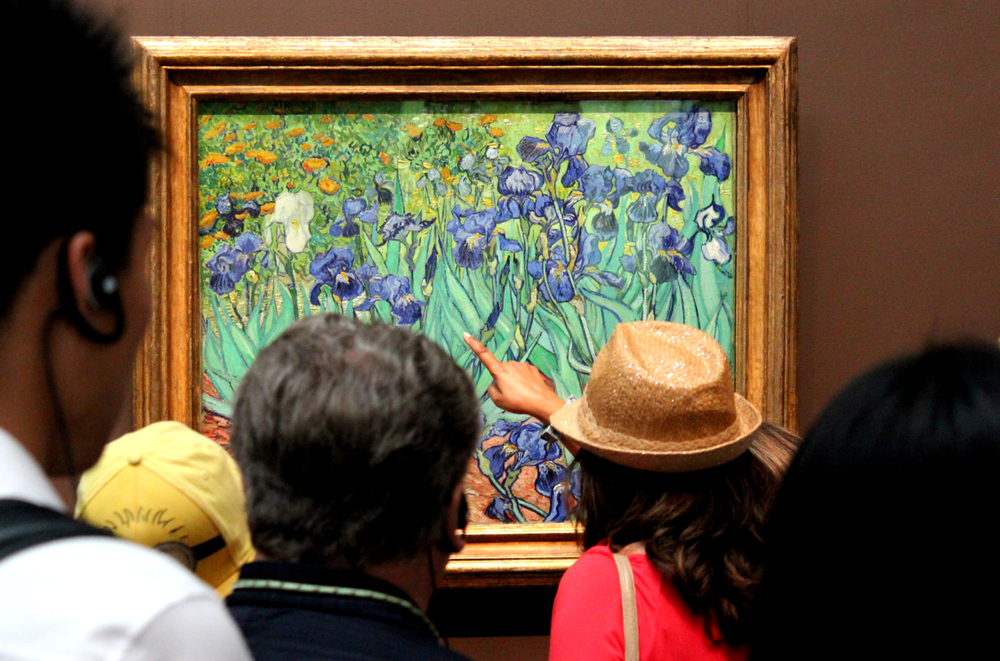
Painted during his time in the asylum at Saint-Rémy, the vibrant colors and dynamic brushstrokes of “Irises” reflect Van Gogh’s intense emotional and psychological state, demonstrating how personal turmoil can be transformed into stunning visual beauty.
The Birth of Venus by Sandro Botticelli
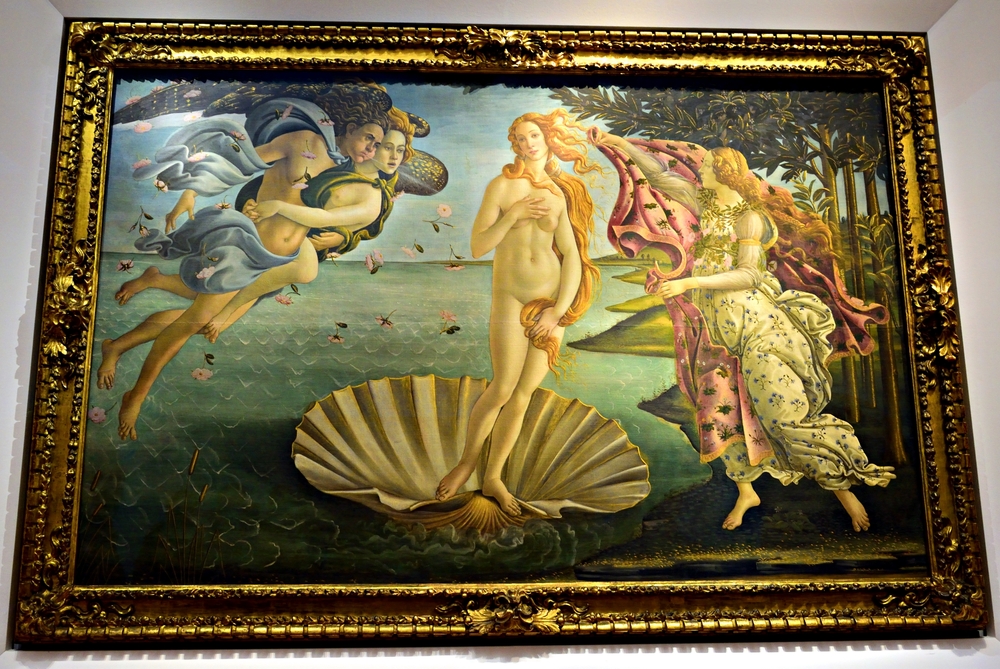
This iconic work, representing the goddess Venus emerging from the sea, is celebrated for its grace and beauty. Botticelli’s ability to blend mythological themes with the aesthetic ideals of the Renaissance reveals the enduring allure of classical antiquity in art.
The Night Watch by Rembrandt Harmenszoon van Rijn
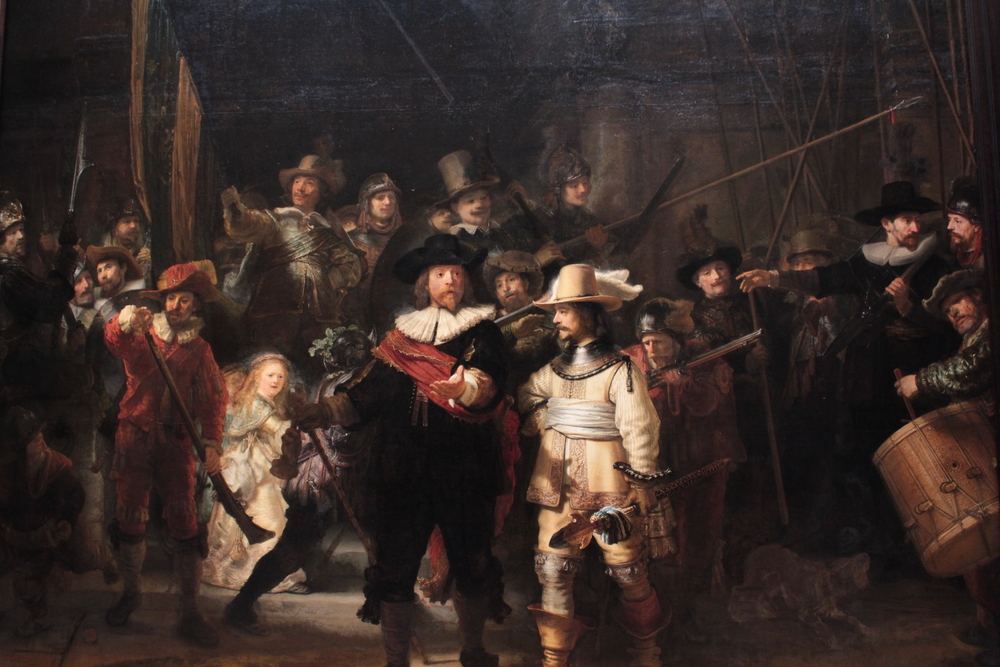
Known for its dramatic use of light and shadow, “The Night Watch” is not only a portrait of a militia company but also a lively depiction of movement and vigilance, showcasing Rembrandt’s skill in creating dynamic compositions that convey narrative and emotion.
Gustav Klimt’s Use of Gold Leaf in “The Kiss”
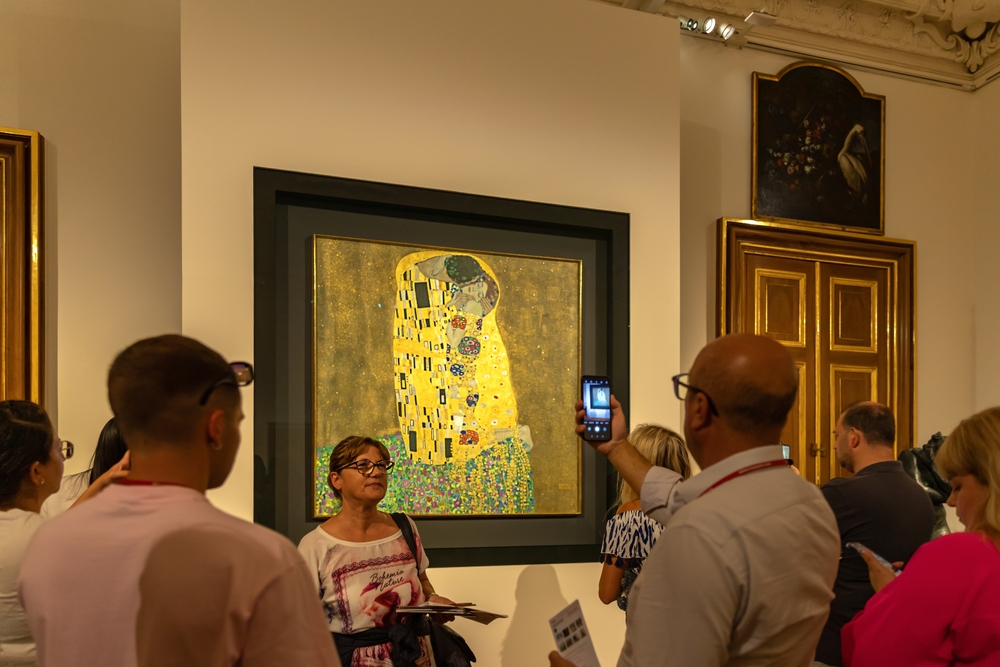
Klimt’s use of gold leaf in “The Kiss” is not just a stylistic choice but a reflection of his interest in Byzantine mosaics and symbolism, infusing the work with a divine, timeless quality that transcends the mere human embrace it depicts.
Salvador Dalí’s Surreal Dreamscapes
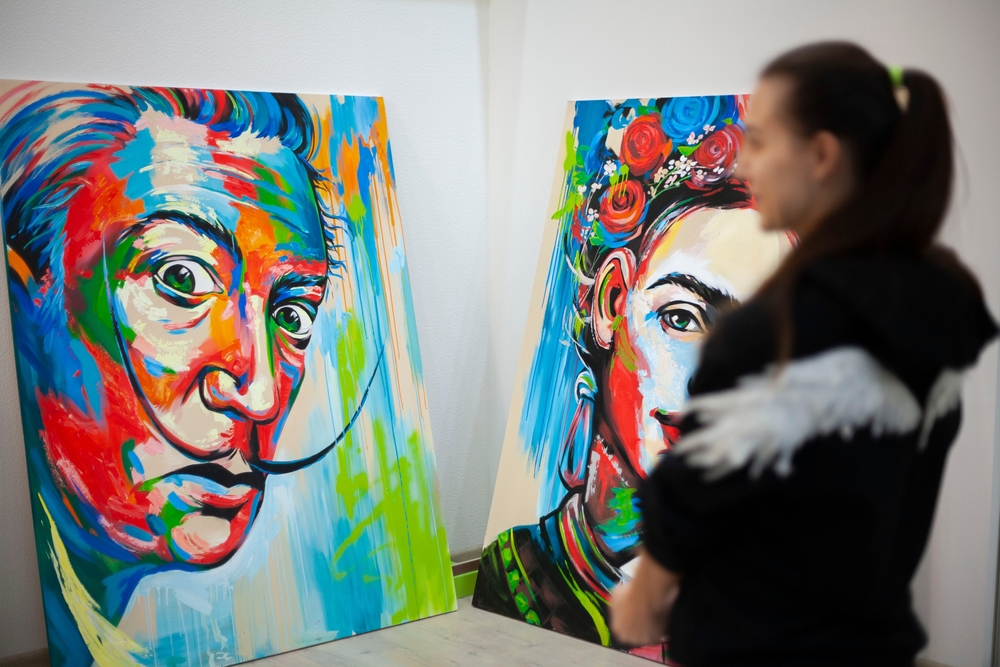
Dalí’s dream-like landscapes and bizarre images in paintings like “The Persistence of Memory” are a window into the subconscious mind, illustrating the surrealists’ desire to explore the irrational and the method behind using dreams to inspire art.
The Scream by Edvard Munch
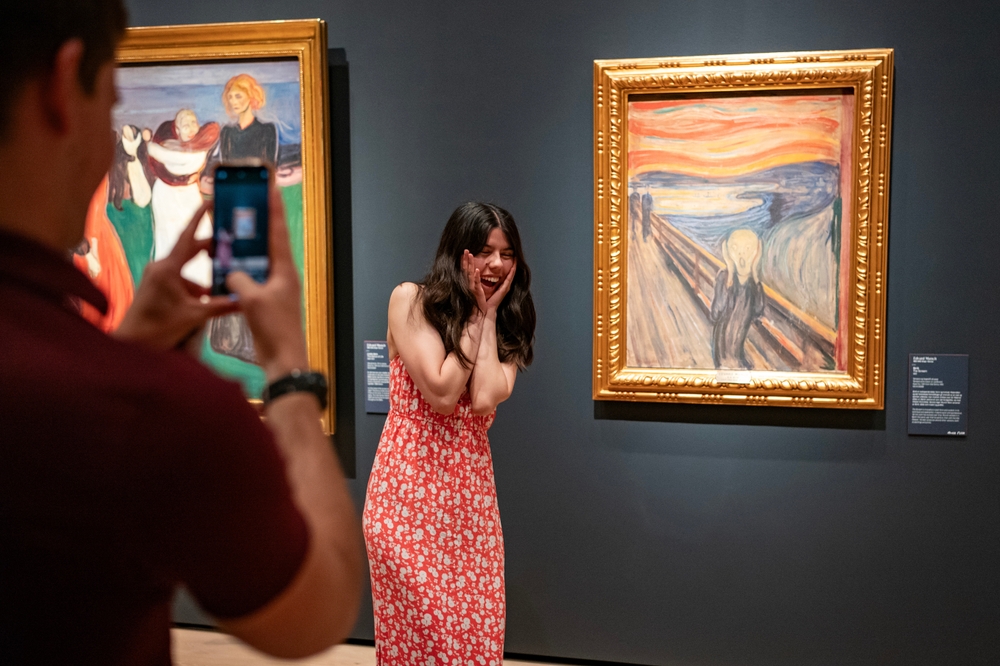
Often seen as a symbol of modern existential angst, “The Scream” captures the intense emotion of the figure against a tumultuous sky. The painting’s raw expression of panic and despair reflects Munch’s traumas and the universal human condition.
Jackson Pollock’s Drip Technique
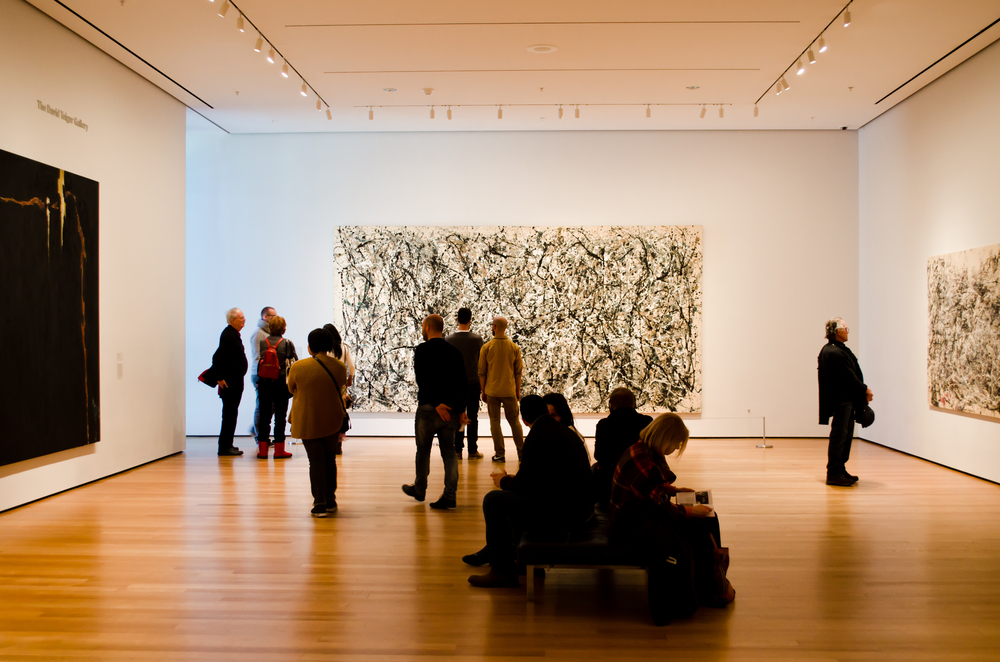
Pollock’s revolutionary drip paintings, such as “Number 31, 1950,” represent a shift from traditional painting methods, emphasizing the process of art-making and the artist’s interaction with his materials, leading to a new form of abstract expressionism.
Michelangelo’s Secret Messages in the Sistine Chapel
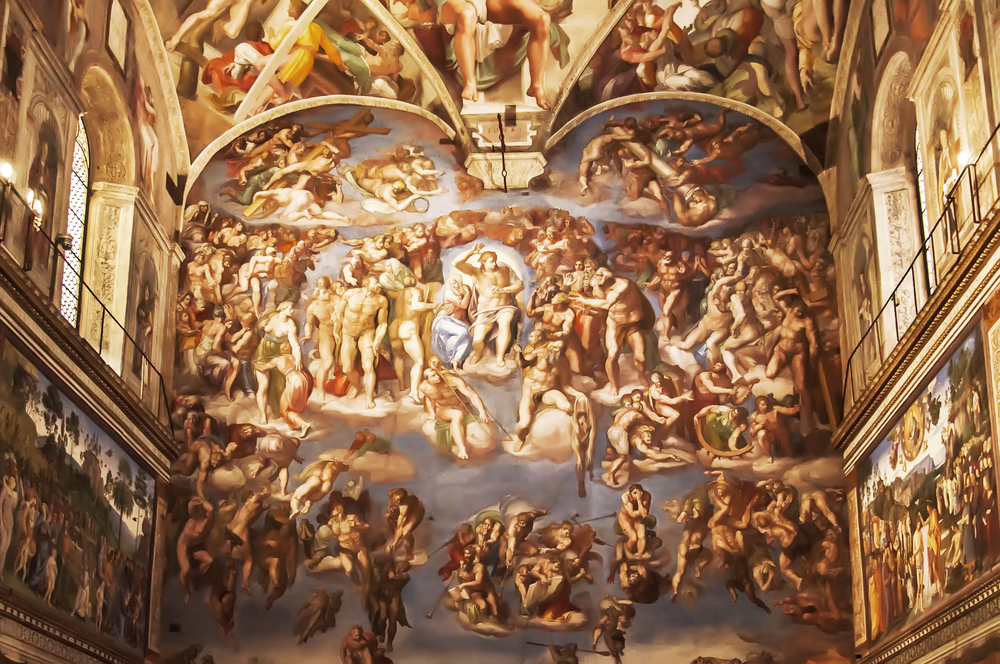
Michelangelo’s frescoes in the Sistine Chapel are not only masterpieces of Renaissance art but also contain hidden meanings and personal expressions, reflecting his conflicts with religious authorities and his deep spiritual and humanistic beliefs. This article originally appeared on UnifyCosmos.
More from UnifyCosmos
20 Best Book Picks from Librarians

In this article, we have compiled a list of top book picks curated by librarians themselves, ensuring that your reading list is nothing short of exceptional. Read more!
23 Unbelievable Facts About Animals That You Never Learned in School

From quirky behaviors to astonishing adaptations, these revelations will leave you seeing the animal kingdom in a whole new light. Read more!
20 Astonishing Facts About the Human Body You Never Learned in School

Discover the marvels of human biology with 20 astonishing facts about the human body that go beyond school lessons. Uncover the resilience of bones, the complexity of the brain, and more. Read more!
Leave a Reply